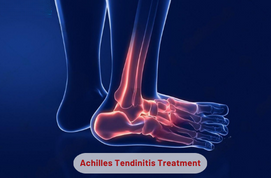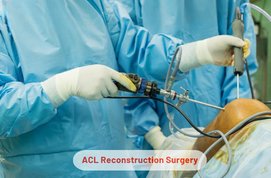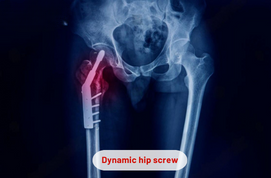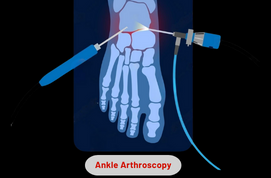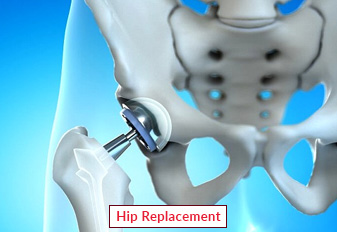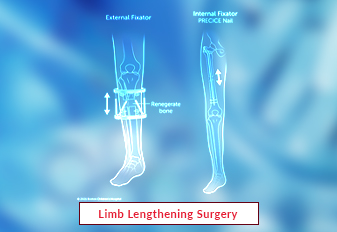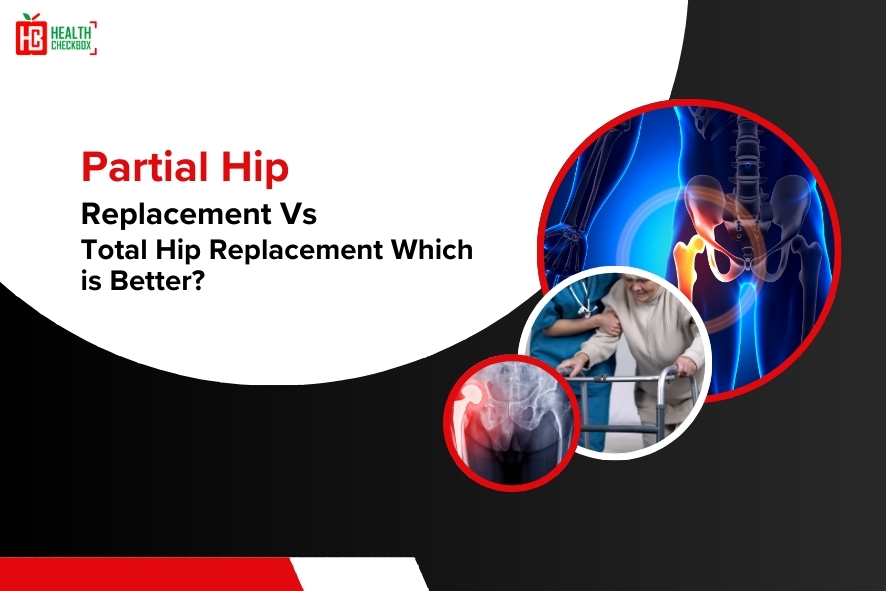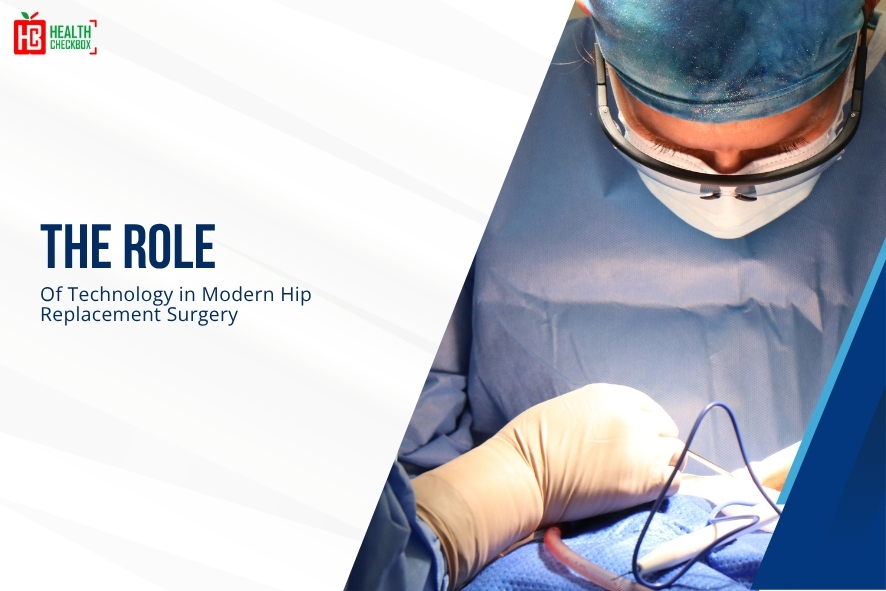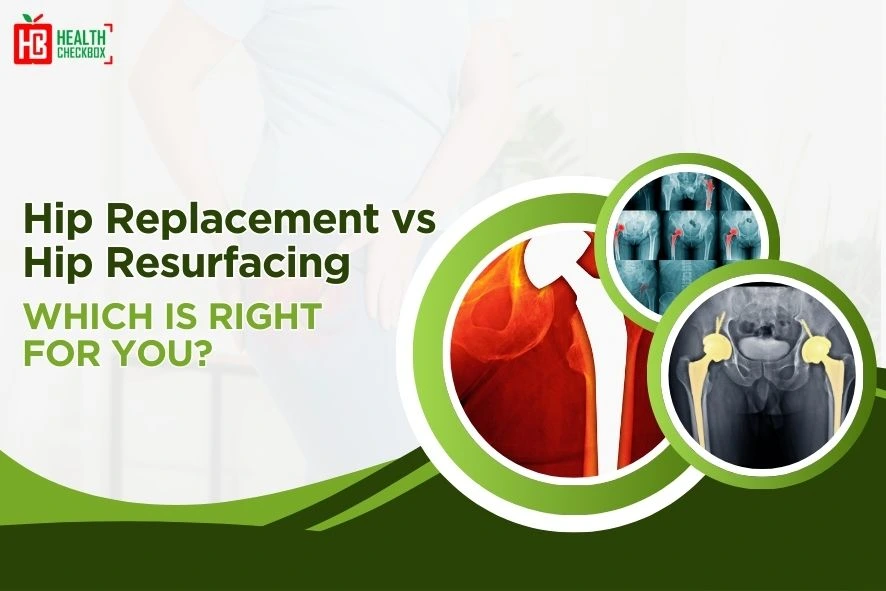Hip dislocation is a critical condition, that can occur at any age. This problem develops due to damage in the ball and socket joint. It becomes a painful and serious issue for adults, older adults, and children. This creates trouble in walking and standing in them. It mostly happens during sports activity, driving a vehicle, and slipping down on the floor. The dislocated hip treatment approach is known as closed reduction. It is a procedure that does not require surgery and can be performed through manual manipulation. A doctor may also perform open reduction or hip replacement surgery in the healthcare center. These treatment options are recommended for the management of hip dislocation.
Types of Hip Dislocation
This problem is of two types. These include the following:
- Posterior Dislocation: A person experiences this problem when their thigh is internally rotated. It can cause sciatic nerve injury in him or her.
- Anterior Dislocation: It develops due to backward force of a ball in the hip. This problem is less common than posterior dislocation.
Causes of Hip Dislocation
The exact cause of this problem are as follows:
- Vehicular Accidents: When a person meets with a car or a bike accident on the road, then he or she may experience a hip injury. This can cause hip damage and might dislocate the hip in such individuals.
- Sports Injury: The hips may get damaged when a person falls down on the ground. It might happen during football, martial arts etc.
- Falls or Slips: A person may fall down on the floor, when he or she starts jumping in excitement or fighting with others. This can cause dislocation in hips in children also.
Dislocated Hip Symptoms
The symptoms that can occur from hip dislocation are as follows:
- Difficulty in moving leg.
- Numbness or tingling in the leg and foot.
- Swelling and bruising around the hip joint.
- Severe pain in hip or groin area.
- Trouble in carrying weight.
- Muscle spasms
- Difficulty in standing and walking.
- Visible deformity or shorter appearance of legs.
- Damage to the bone or cartilage in the hip joint.
- Blood vessels or nerve injury.
- Hip dysplasia
- Osteonecrosis
Procedure of Dislocated Hip Treatment
Before Procedure
The things that can be expected before the dislocated hip treatment procedure are as follows:
- A patient is suggested to sign a consent form before the surgical procedure.
- A healthcare provider reviews the medical history and performs a physical exam to detect the signs and symptoms associated with hip dislocation.
- A neurological and vascular assessment is conducted for the identification of an injury in blood vessels or nerves. It is essential for patients, who feel pain through posterior hip dislocations.
- An arthrogram test is performed through a special dye or contrast material in the healthcare department. This substance is injected into a hip joint which helps a doctor to view the joint’s condition easily.
- X-ray, a first imaging test, will be performed to identify associated fractures in the hips. It is mainly important to determine which type of treatment is best for the problem.
- A healthcare professional also performs a CT or MRI scan to determine the requirement for joint reduction for hip dislocation.
If you want to prepare for the surgery, then you must follow some rules and regulations. These are as follows:
- Avoid drinking alcohol and smoking tobacco products.
- Do not bring PAN cards and other essential items in the healthcare department.
- Stop taking blood-thinning medication drugs like aspirin, ibuprofen etc.
- Do not eat or drink for one day before the surgical procedure.
- Remove jewelry or clothes and wear a hospital gown during hip replacement surgery
During Procedure
The following operations will take place in the medical center. These are as follows:
- A healthcare professional provides a general or a local anesthesia to a patient in the healthcare department.
- The closed reduction procedure is performed to correct a dislocated hip. During this process, a sedative or an anesthetic medicine is recommended to an individual for pain and muscle spasms.
- A surgeon performs an open reduction surgery for secondary injuries in the hip. This procedure will be performed through a metal screw or a plate.
- The hip replacement surgery is operated by replacing a damaged hip with a healthy one. It can be performed through one or more incisions.
After Procedure
A patient should follow certain instructions after the surgery. These include the following:
- Wear protective gear while playing football or any other outdoor games.
- Follow a proper nutrition diet.
- Drink plenty of water or stay hydrated.
- Wear seat belts while driving a car.
- Do regular exercises.
- Practice good hygiene.
Our Other Services
Latest Health Tips
Hip Replacement vs Stem Cell Treatment: Comparison Guide
Partial Hip Replacement vs Total Hip Replacement: Which is Better?
The Role of Technology in Modern Hip Replacement Surgery
Foods to Avoid for Hip Replacement
Hip Replacement vs Hip Resurfacing: Which Is Right for You?
Understanding the Psychological Impact of Hip Replacement Surgery
What Makes India a Leading Destination for Hip Replacement Surgery?
The Benefits of Robotic-Assisted Hip Replacement Surgery in India
Submit Your Enquiry
Testimonials









